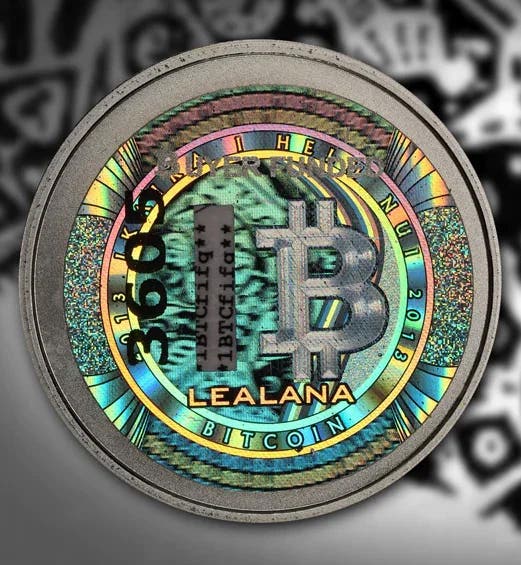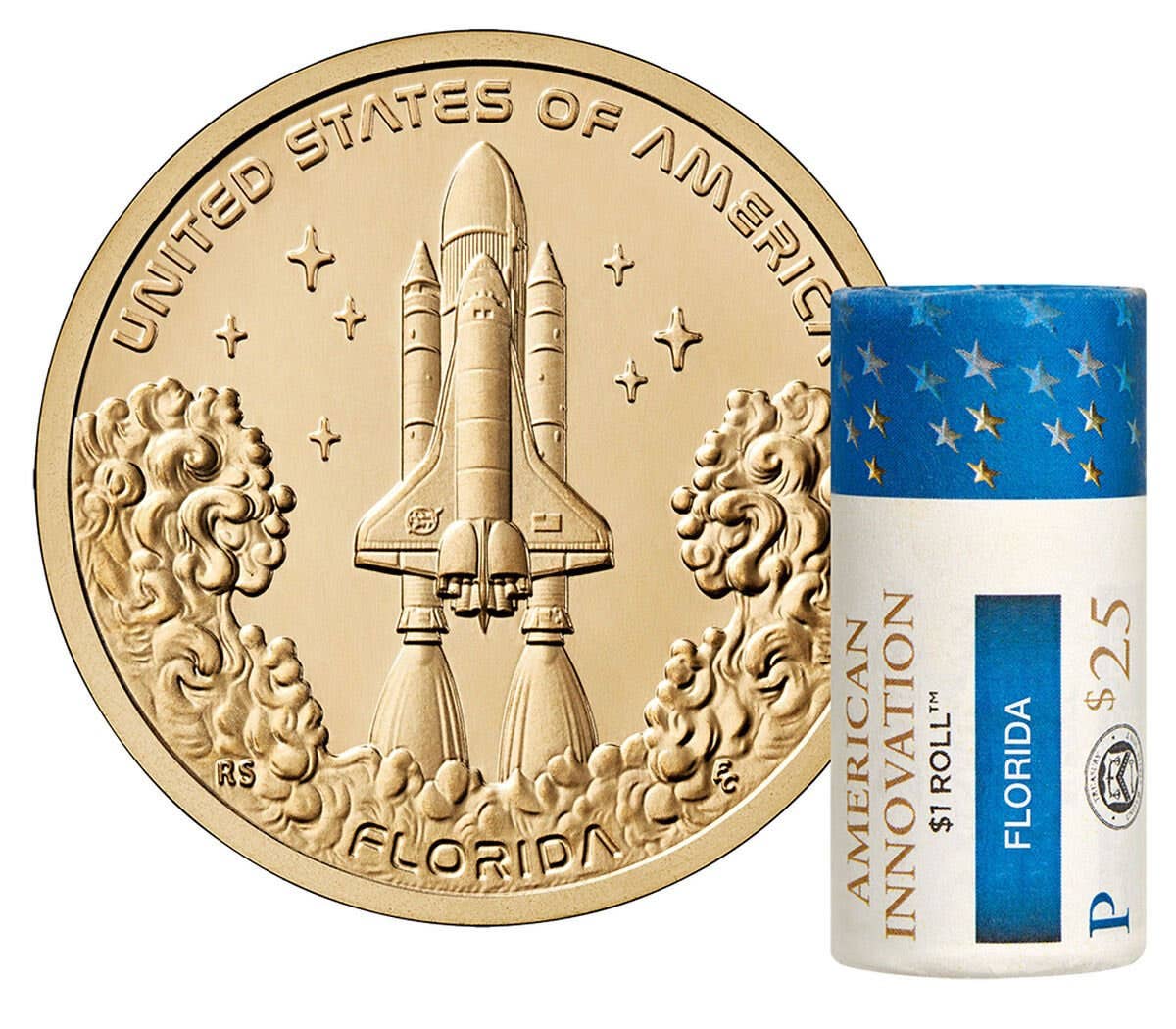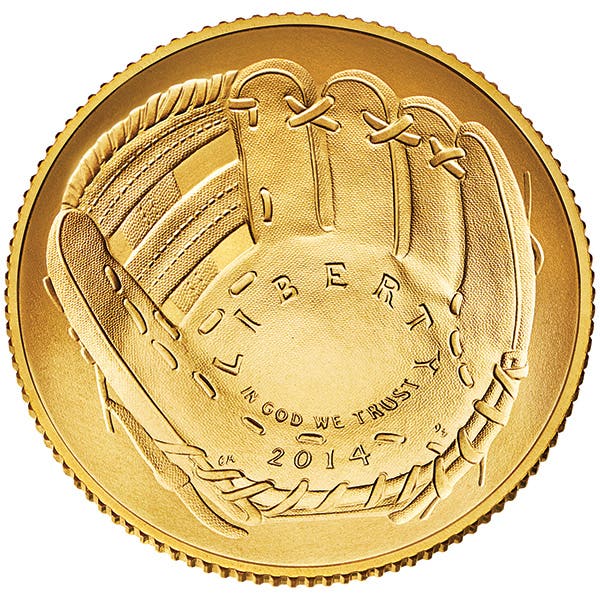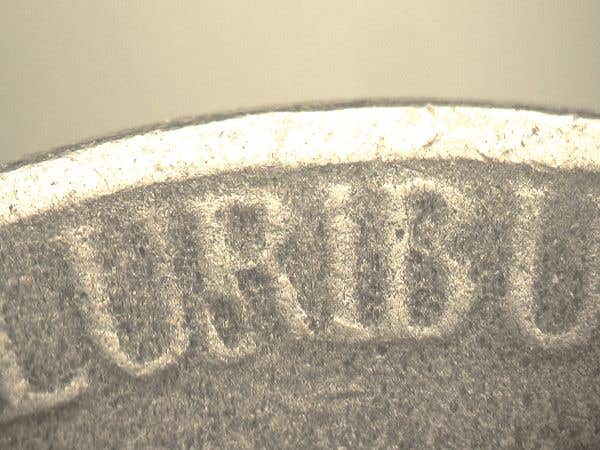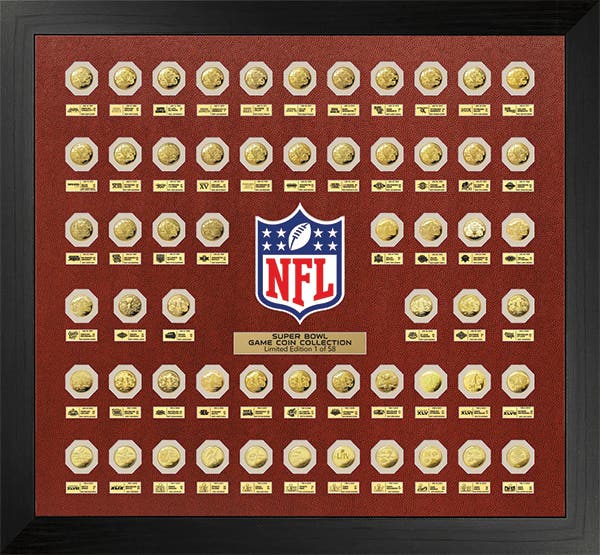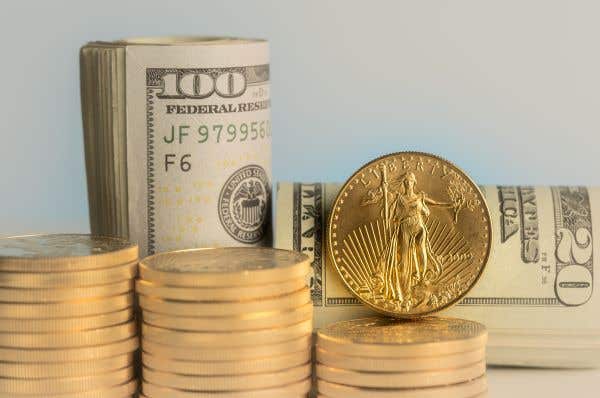Stocks fall, gold up – not always
Along with many other writers, I have long advocated the ownership of a portion of one’s investment portfolio or net worth in the form of hard assets such as physical…
Along with many other writers, I have long advocated the ownership of a portion of one’s investment portfolio or net worth in the form of hard assets such as physical precious metals and perhaps even numismatic collectibles. One of the main reasons behind this recommendation is the general trend for hard assets to move in price counter to general changes in paper assets, such as stocks, bonds and fiat paper currencies.
This negative correlation tends to happen over the medium to long term. It may or may not correlate with the short term, such as day-to-day market fluctuations.
This week and last week, for instance, there have been multiple days when major U.S. stock market indices fell significantly. As this occurred, the prices of precious metals did not instantly rise. This has led some to question whether the idea of owning physical precious metals as what I call “wealth insurance” is valid.
That is an excellent question. A further understanding of how financial markets work today can explain how physical precious metals prices in the immediate term can drop even as stock prices are declining.
A sizable percentage, though I don’t know just how much, of investments in stocks, bonds and currencies are leveraged. This is done to maximize profits if the market moves in the direction that the owner anticipates. For example, an investor might purchase 100 shares of a stock, then put up those shares as collateral to borrow the funds to purchase another 400 shares of the same stock.
In such an arrangement, if the stock’s price increases, the investor gains many multiples of the profit that would be realized from just owning the original 100 shares. The profit would be the gain on the 500 shares minus the cost of the interest to borrow the funds to purchase the other 400 shares.
However, if the stock’s price declines, that will also magnify the losses. In such a circumstance, the value of the collateral backing the loan can fall sharply. In this example, if the price of the stock declines by 10 percent, that would leave the investor with a loss of 50 percent of his original investment and leave him or her with inadequate collateral to prevent the loan from being called. In such circumstances, the creditor will issue a margin call demanding the investor to put up more cash to restore the amount of collateral or else the investments will be liquidated to protect the creditor from absorbing a loss.
When investors receive these margin calls, as happens when there are declines in stock market prices, most investors do not have sufficient cash readily available to send to their creditors. Consequently, they need to liquidate some other assets in order to get cash flow to meet the margin call.
Often, these investors will look to liquidate other assets in which they are in a profit position – which in many instances would be the hard assets such as physical precious metals. It is this reaction of selling physical precious metals in order to meet margin calls on paper assets such as stocks, bonds and fiat currencies that can push down gold and silver prices at times when paper asset values are also dropping.
The same can also be true in the opposite direction. Stock prices recovered to some degree on Monday this week, a day when precious metals prices were also up significantly. Part of the reason for stronger gold and silver prices was the fall in the U.S. Dollar Index.
Note that this discussion is an oversimplification of all the factors that influence the prices of various financial assets. There are many factors that affect prices of different assets and their relationship to the prices of other assets. However, the important point today is to understand that physical precious metals can provide a form of “wealth insurance” over the medium to long term by increasing in value when paper asset values decline, even though this negative correlation does not necessarily occur in the very short term.
Patrick A. Heller was the American Numismatic Association 2017 Exemplary Service and 2012 Harry Forman Numismatic Dealer of the Year Award winner. He was also honored by the Numismatic Literary Guild in 2017 and 2016 for the Best Dealer-Published Magazine/Newspaper and for Best Radio Report. He is the communications officer of Liberty Coin Service in Lansing, Mich., and writes “Liberty’s Outlook,” a monthly newsletter on rare coins and precious metals subjects. Past newsletter issues can be viewed at http://www.libertycoinservice.com. Some of his radio commentaries titled “Things You ‘Know’ That Just Aren’t So, And Important News You Need To Know” can be heard at 8:45 a.m. Wednesday and Friday mornings on 1320-AM WILS in Lansing (which streams live and becomes part of the audio and text archives posted at http://www.1320wils.com).
This article was originally printed in Numismatic News. >> Subscribe today.
More Collecting Resources
• Subscribe to our monthly Coins magazine - a great resource for any collector!
• Purchase your copy of The Essential Guide to Investing in Precious Metals today to get started on making all the right investing decisions.




